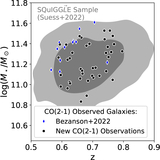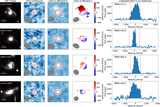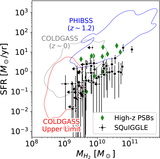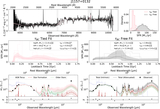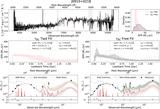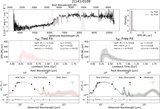Image Details
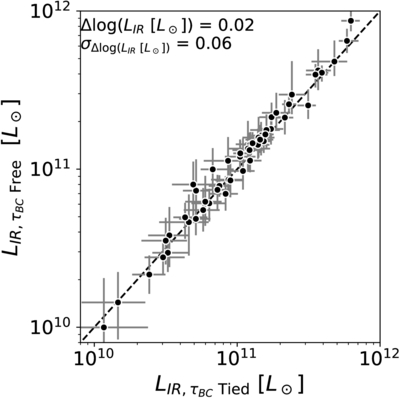
Caption: Figure 9.
Comparison of the inferred total IR luminosity (defined as the total luminosity coming from all dust components in our modeling) between the two sets of models. We label the median logarithmic offset and scatter in the offset (τBC Free - τBC Tied). The two fits recover extremely similar total IR luminosity, which is well constrained by the combination of WISE and 2 mm data under the assumption of the B. T. Draine et al. (2007) galaxy dust templates and the CLUMPY torus templates (M. Nenkova et al. 2008). Any increase in the fractional contribution to the IR luminosity from buried star formation must be compensated for by a decrease in the fractional contribution from older stars, the MIR AGN luminosity, or changes to the dust temperature distribution or PAH mass fraction.
Copyright and Terms & Conditions
© 2025. The Author(s). Published by the American Astronomical Society.


